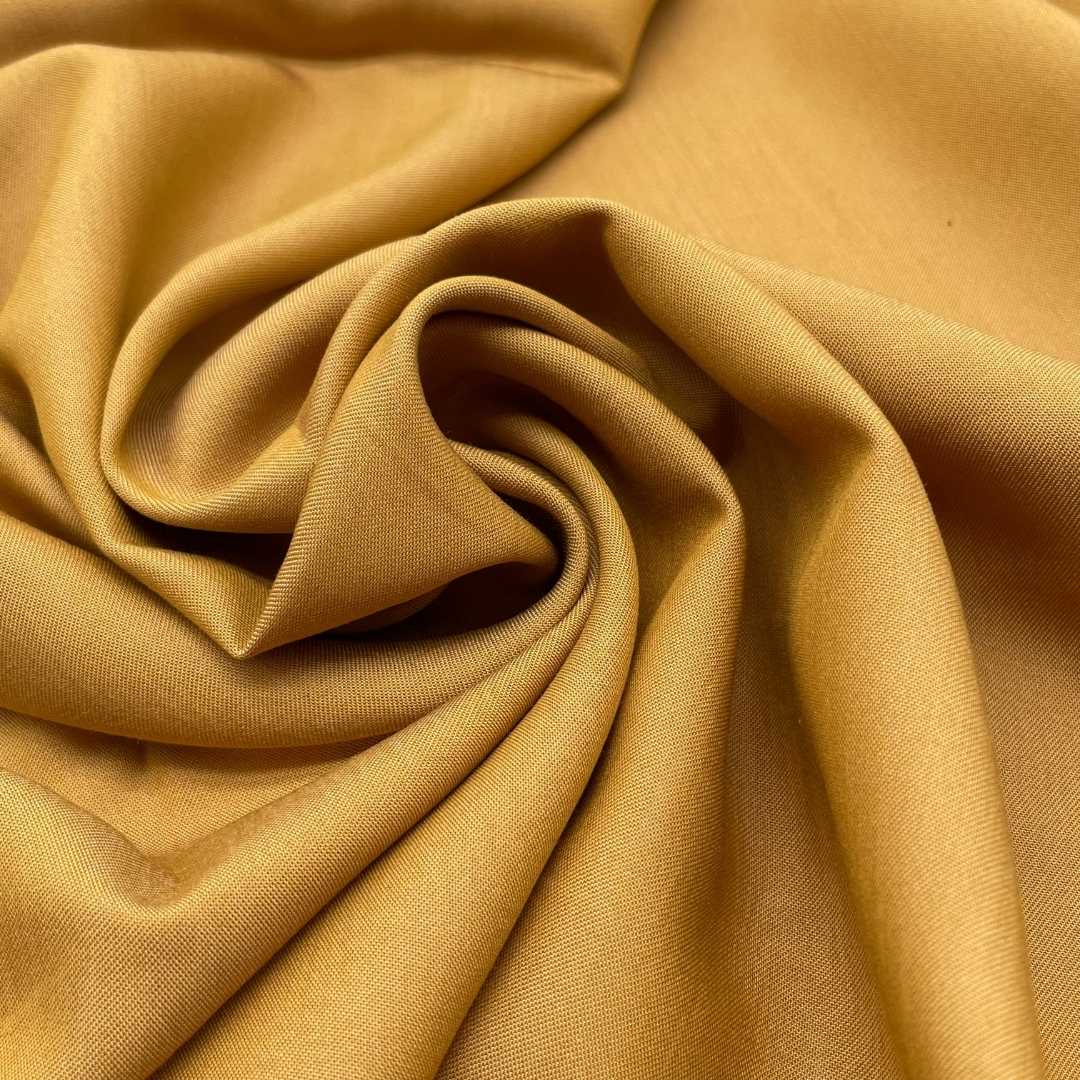When it comes to the world of textiles, two terms that often get used interchangeably are "fabric" and "texture." While they are related, they have distinct meanings and play different roles in the realm of textiles. In this article, we will delve into the nuances of these terms, exploring their definitions, characteristics, and the impact they have on the final product.
Fabric refers to the material used to create a textile product. It encompasses a wide range of materials, including natural fibers like cotton, silk, and wool, as well as synthetic fibers such as polyester and nylon. Fabric determines the physical properties of a textile, such as its strength, durability, and flexibility. It is the foundation upon which the entire textile is built.
On the other hand, texture refers to the tactile quality or surface characteristics of a fabric. It describes how the fabric feels to the touch and how it visually appears. Texture can be influenced by various factors, including the type of fibers used, the weaving or knitting technique employed, and any additional treatments or finishes applied to the fabric. It adds depth, interest, and sensory appeal to the textile, enhancing its overall aesthetic and functionality.
Understanding the difference between fabric and texture is crucial for both consumers and industry professionals. For consumers, it helps in making informed decisions when purchasing textiles, as they can choose fabrics with the desired texture that aligns with their preferences and needs. For industry professionals, it aids in the design and production process, as they can manipulate fabric and texture to create innovative and marketable products.
Fabric and texture are interconnected, with each influencing the other. For instance, the choice of fabric can impact the texture of the final product. A fabric made from natural fibers like cotton or linen tends to have a softer and more breathable texture compared to synthetic fabrics like polyester or nylon, which often have a smoother and more slick texture. Similarly, the texture of a fabric can affect its performance and functionality. A fabric with a rough texture may be more suitable for upholstery or heavy-duty applications, while a fabric with a smooth texture may be ideal for clothing or bedding.
In conclusion, fabric and texture are distinct yet interconnected aspects of the textile industry. Fabric refers to the material used, determining the physical properties of a textile, while texture describes the tactile and visual characteristics of the fabric. By understanding the difference between these terms, consumers can make informed choices, and industry professionals can create innovative and marketable products. So, next time you shop for textiles or work on a design project, remember to consider both fabric and texture to achieve the desired outcome.



